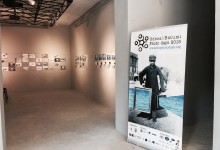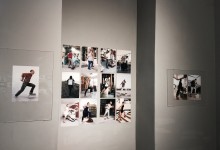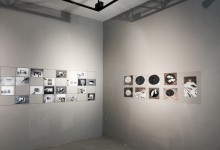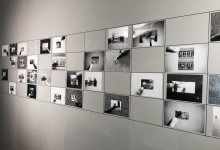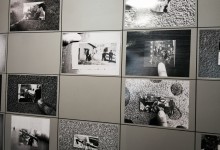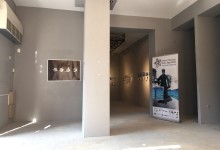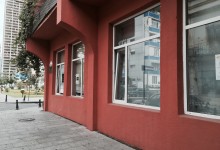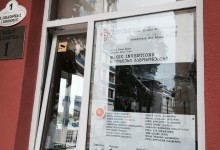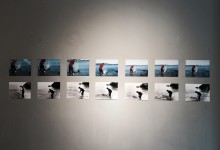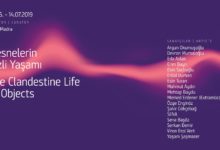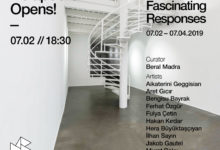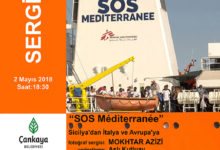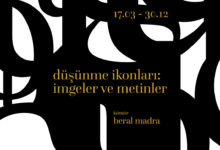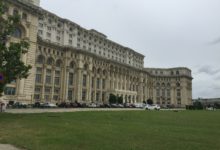http://thephotodays.org/en
“HISTORY OF MANIPULATION”
PROPOSAL FOR THE BATUMI PHOTO DAYS, GEORGIA
MAGIC INVENTIONS
GÜLÇİN AKSOY (İSTANBUL),
NIKITA ALEXEEV (MOSCOW),
BASHIR BORLAKOV (ISTANBUL),
JACOB GAUTEL (PARIS),
AEKATERINI GEGISIAN (THESSALONIKI),
MURAT GÖK (DIYARBAKIR),
ESİN TURAN (VIENNA),
FERHAT ÖZGÜR (ISTANBUL),
MELİH GÖRGÜN (ISTANBUL)
My involvement as a curator to the Batumi Photo Days exhibition entitled “History of Manipulation” will be based on two statements:
Villem Flusser’s
“…During this crisis of texts, technical images were invented: in order to make texts comprehensible again, to put them under a magic spell — to overcome the crisis of history.”
And Victor Burgin’s
“…photography considered as a practice of signification. The emphasis on ‘signification’ derives from the fact that the primary feature of photography, considered as an omnipresence in everyday social life, is its contribution to the production and dissemination of meaning.”
In the age of constant political ecological and economic crisis, all visual material made with analog or digital photography and all the online photography archive available has achieved new functions to convey messages for deciphering the meaning and signification of these crises. However, at the same time all this photography – we still name this visual material photography- can be manipulated by the powers, which trigger these crises.
Is history is a reconstruction of the past according to these available visual documents?
Or is it a controversial or paradoxal production of historians, politicians and academicians about the past?
How essential is history for a society in crises?
Is history a basis for the present order and the future visions of a society?
Is history a burden or a hub of knowledge and experience and identity search?
History is on one level produced by anthropologists, archeologists, historians and other related scholars and on another level by people who have political, economic or cultural interests. The first group constructs history based on evidence, science and logical thought. The second group builds it on specious theory, ideology and other simulative methods.
The first group is trained in research, analysis, evaluation and interpretation of the sources, documents and other necessary material available. Among these material photography plays a key role. However, they also learn how to approach these materials critically and with skepticism and caution.
The artists ( working with photography) can be considered working in both cases.
Arts (literature, photography, contemporary art) can be a source for history; however not as concrete evidence but as a way of reaching the truth through the gaze and sensibility of the artists. By using the artistic material for constructing history one must ask crucial questions such as: What does this work tell us that history has missed? Is this art work (photography in particular) show a reality that has not been discovered by the historians before?
Beral Madra, May, 2015

